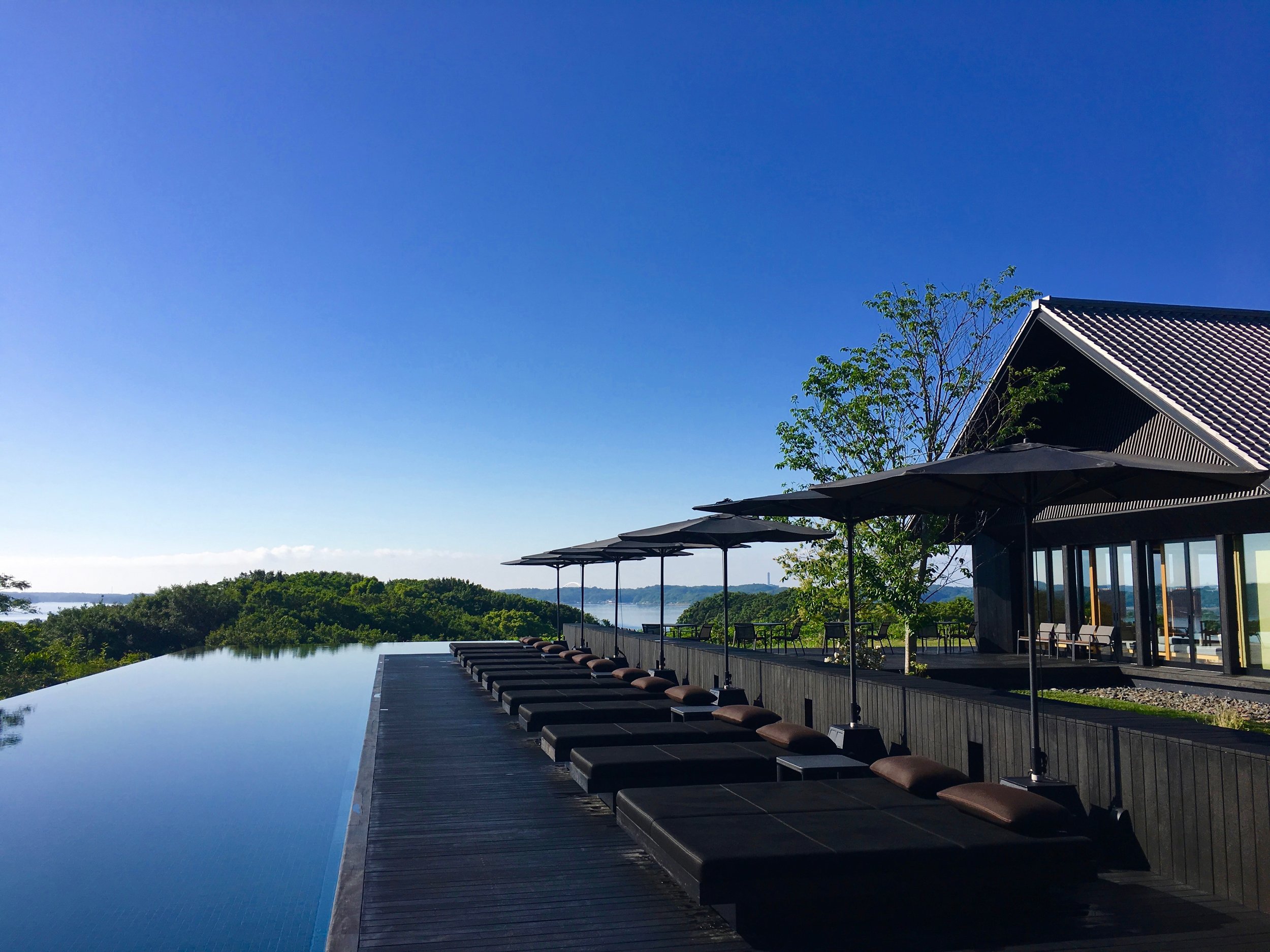I had the privilege of visiting Japan in May so that I could gain an insight into the culture and therefore conceptualise Japan's first wellness retreat. A luxury destination where guests can experience the Japanese approach to longevity and wellbeing, for which they are renowned. Beyond nutrition and movement, which is where we in the West often limit wellness, is the central concept of mindfulness that is inherent in the Japanese arts, and indeed in their very way of being.
The simple, but compelling, act of mindful living offers an invaluable tool to cope with the pace of modern day living. Mindfulness reduces stress, improves sleep, cognitive function and balances the emotions. Here below I share a number of mindfulness practices that stem from Japan to offer a perspective on how meditation can be something other than 'the lotus position'.
ZAZEN - In Zen Buddhism, zazen is a meditative discipline that is typically the primary practice. The precise meaning and method of zazen varies from school to school, but in general it can be regarded as a means of insight into the nature of existence. Zazen is practiced in different ways depending on its tradition. It may involve facing a wall or facing into the centre of the room with eyelids half lowered. It can also include a walking meditation in the room.
JAPANESE TEA CEREMONY - The heart of the Japanese tea ceremony lies in simplicity of spirit which brings peace to the mind. The objective of the ceremony is not just to make a cup of tea; it is a deliberate exercise in being present in the moment, focusing on one task and appreciating the simple things in life. The ritual of the tea ceremony is based on the 4 fundamental Zen principles of harmony, respect, purity and tranquility.
IKEBANA FLOWER ARRANGING - Ikebana or kado is the beautiful, often strikingly minimalist, Japanese flower arrangement art. Ikebana means “giving life to flowers” and kado translates as “the way of flowers”. When Buddhism was introduced to Japan, monks started to arrange flowers to decorate the altars of temples.
KOTO LESSON - The koto is the national instrument of Japan. It is a stringed musical instrument that is plucked with ivory picks called tsume.
ORIGAMI - Japanese origami began sometime after Buddhist monks carried paper to Japan during the 6th century. The word "origami" comes from the Japanese language. "Ori" which means folded and "kami" which means paper. This traditional paper folding art is very relaxing and meditative.
JAPANESE INCENSE CEREMONY - Kōdō ( 道?, "Way of Fragrance") is the art of appreciating Japanese incense, and involves using incense within a structure of codified conduct. Kōdō includes all aspects of the incense process, from the tools ( 道具 kōdōgu), to activities such the incense-comparing games kumikō (組 ) and genjikō (源 ).[1] Kōdō is counted as one of the three classical Japanese arts of refinement.
JAPANESE CALLIGRAPHY - Zen calligraphy is practiced by Buddhist monks and most shodō practitioners. To write Zen calligraphy with mastery, one must clear one's mind and let the letters flow out of themselves, not practice and make a tremendous effort. This state of mind is called the mushin (無 ? "no mind state”). For any particular piece of paper, the calligrapher must be fully present and has but one chance to create with the brush.
JAPANESE POTTERY - Learning to use the potter’s wheel takes patience, practice, and focus. It is also very relaxing and rewarding. Initially the class will make small bowls, plates or cups before progressing onto other forms. Hand building or sculpture, is another way to work with clay. The basic techniques are easier to learn than wheel throwing and there is a larger range of forms you can make.




